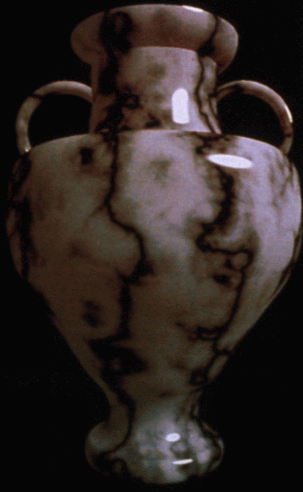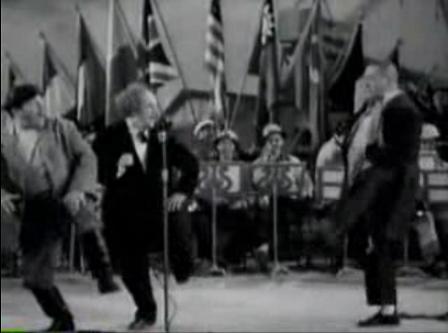Clarissa and Emily had already walked quite a ways, hand in hand. After a while the scenes of devastation around them, appearing through the swirling mist, became like a sort of dream. From time to time there would be a subtle shift in the landscape, like a trick of the light. What Emily first took to be a mountain would turn out to be a bank of clouds, and then the clouds would be gone. The suffering faces peering so intently out at them were the worst – they seemed to be everywhere – but they were hard to bring into focus. Every time Emily would try to look at one directly, it would turn into a knot of wood, or a leaf, or something else. It was as though the faces didn’t want to be seen in their suffering – they just wanted you to know they were there.
Emily wanted to ask Clarissa where they were going, but she knew better. All she needed now was the constant touch of Clarissa’s warm firm hand, a reality that never wavered. The mist was beginning to grow thinner, and the landscape was changing far less often. Now they were on a long dirt road, and to the right and left appeared to be waving fields of wheat, stretching away as far as the eye could see. Even though the landscape was flat all around, there was something wrong with the horizon up ahead, like it was shaped wrong. Emily looked up questioningly, but Clarissa merely smiled a reassuring smile.
At last they came to it – the Great Precipice. Of course Emily had heard of it, in whispered stories and the occasional snatch of song, but she hadn’t really believed in it. The world can’t just stop, not just like that. In its way it was rather beautiful, the vast scale of it, on the other side of a razor-straight line at their feet where the road and the wheat fields abruptly ended – where everything ended.
“Now, my dear,” Clarissa spoke aloud for the first time since their journey had begun, “you mustn’t be alarmed. One expects to feel a certain sense of vertigo when encounting things of infinite proportion. Try to remember that we are merely at a door, and one door is very much like like any other. Some doors lead from the kitchen to the parlor, others from hallway to drawing room, whereas still others lead from one frame of existence to another. This doorway happens to be one of the latter kind. My dear, you must try to remember that a door is, in the end, merely a door.”
This speech, as intended, did much to reassure Emily. “I can deal with a door,” she thought to herself, “I’ve been opening doors all my life – including a few that were never supposed to be opened.” She smiled up at Clarissa, ready for whatever came next.
“Ok, I get it,” she said, “It’s a door. But where’s the doorknob?” Clarissa laughed in response, and waved a hand over the abyss. A shimmering white circle appeared at their feet, and even before they jumped, Emily could already smell a familiar scent – something between lilac and cinnamon, but not quite like either.
She smiled and took a deep breath, as she held on tight to Clarissa’s hand. This was going to be a fun year.




